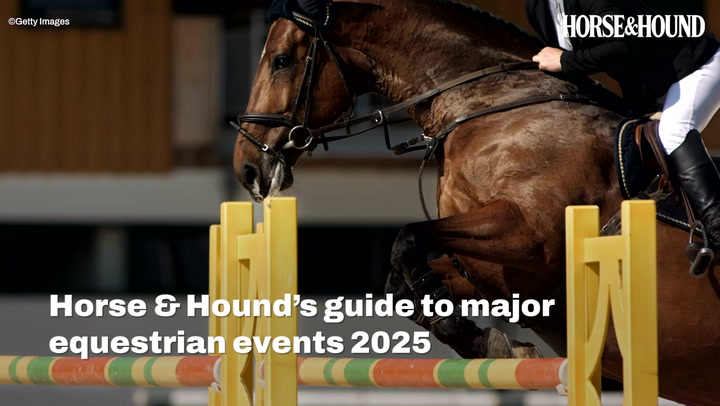Five-star event rider Coral Keen provides some helpful advice on how to teach a horse to do an extended trot without rushing or running off.
Q: “I’m having difficulty getting my horse to understand how to do an extended trot. Collection is easy enough but not extension. He has a decent walk and trot — his canter needs work but we’re only trying to do collection and extending in walk and trot at the moment. What happens now is when I ask for extended trot my horse runs — he puts his head up and panics a bit so then runs faster. He is getting fitter and stronger so I want to keep him going in the right direction but don’t really feel like he is getting the concept. When I do manage to stop him panicking, I just get a normal working trot — there is nothing extra about it. I’m looking for ideas or exercises to do to improve it. I know some horses find it more difficult than others and think he is one of them. Any ideas welcomed!”
Coral Keen answers: Generally, a horse will find it easier to either extend or collect, depending on his conformation and his way of going. There are two really useful exercises that I use when I am teaching a horse how to do an extended trot.
Firstly, I try to teach him to lengthen his stride gradually up a hill. This stops him from running and encourages him to push from behind. If you have a long hill, use transitions within the pace. Go on a bit, come back a bit, but not so that you are going quicker and quicker. Keep your rising slow and regular.
In an arena, ride a large circle, at least 20 metres, and ask the horse for a bit of shoulder fore positioning. This keeps him engaged and helps to keep him in a good balance, and therefore stops him from running. On a circle, work on transitions within the trot, keeping him on the bit and slightly collected when you are not asking him to lengthen. Only go on for as much as the horse stays in balance, so at first it might only be a couple of paces. Don’t expect a huge trot and don’t ask for a huge trot straight away.
Once he starts to get the right feeling and he is understanding what you are asking, he will then get the confidence to push more.
Go for just a few good steps at a time, focusing on keeping the horse in good balance, using half halts before the horse becomes unbalanced so that he never learns how to run. It’s about quality steps, not quantity.
You might only get one or two steps that feel good, but you can build on this. The next time ask for three or four steps. I wouldn’t ask for extension in a straight line, until the horse really understands how to push, as this will encourage him to run.

Stephen Clarke: how to get the most out of your horse’s trot — whatever the breed
At the British Dressage national convention (19-20 November), Stephen Clarke worked with a range of breeds to demonstrate how to

Subscribe to Horse & Hound magazine today – and enjoy unlimited website access all year round
Horse & Hound magazine, out every Thursday, is packed with all the latest news and reports, as well as interviews, specials, nostalgia, vet and training advice. Find how you can enjoy the magazine delivered to your door every week, plus options to upgrade your subscription to access our online service that brings you breaking news and reports as well as other benefits.






